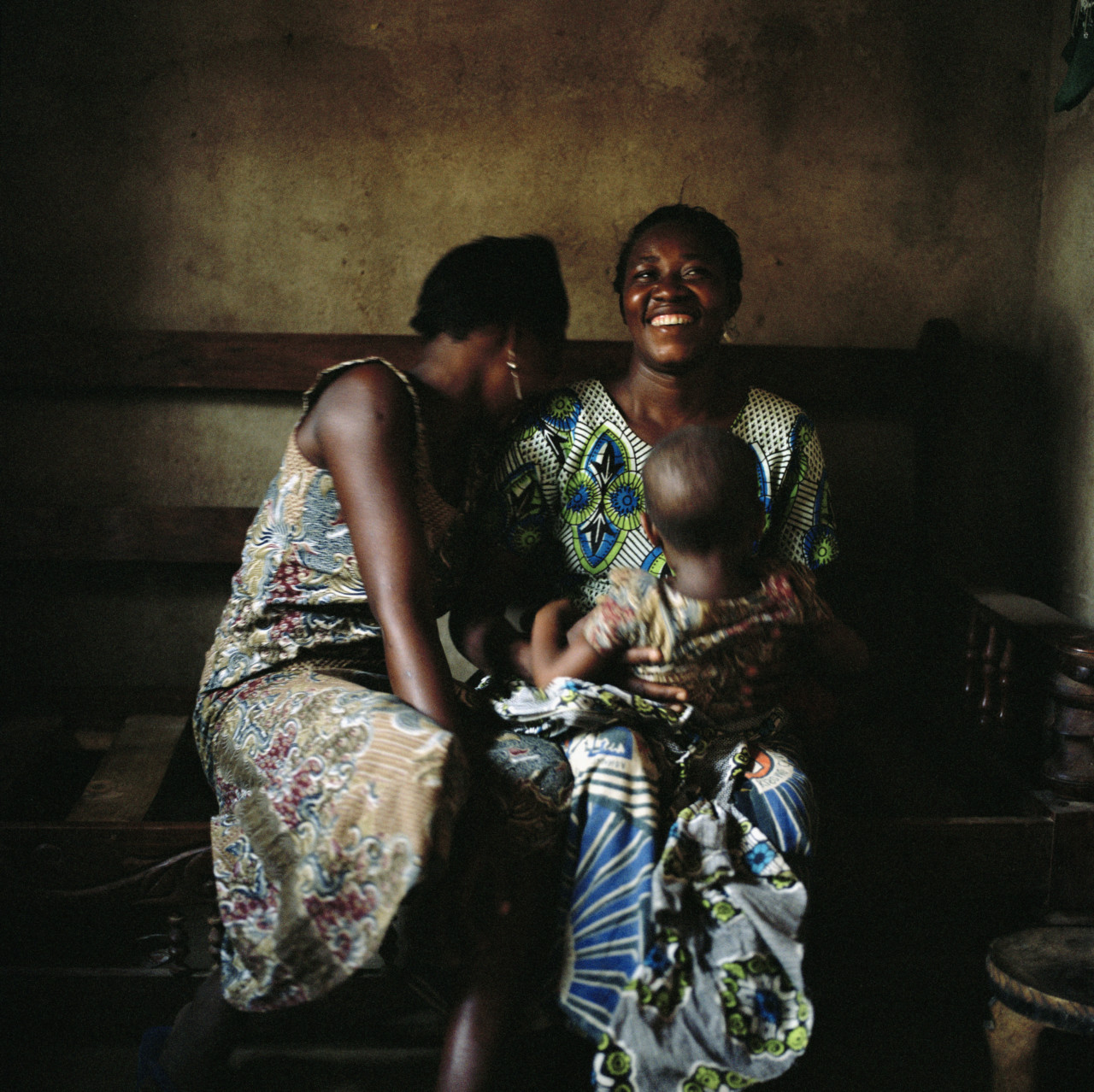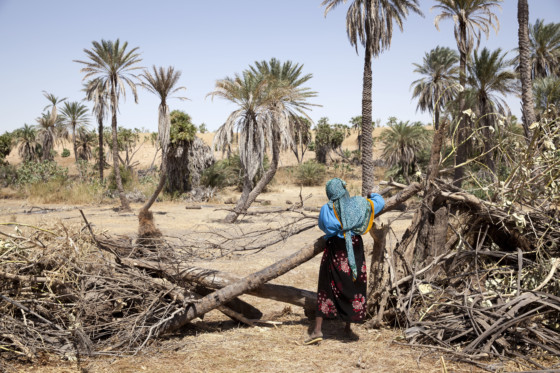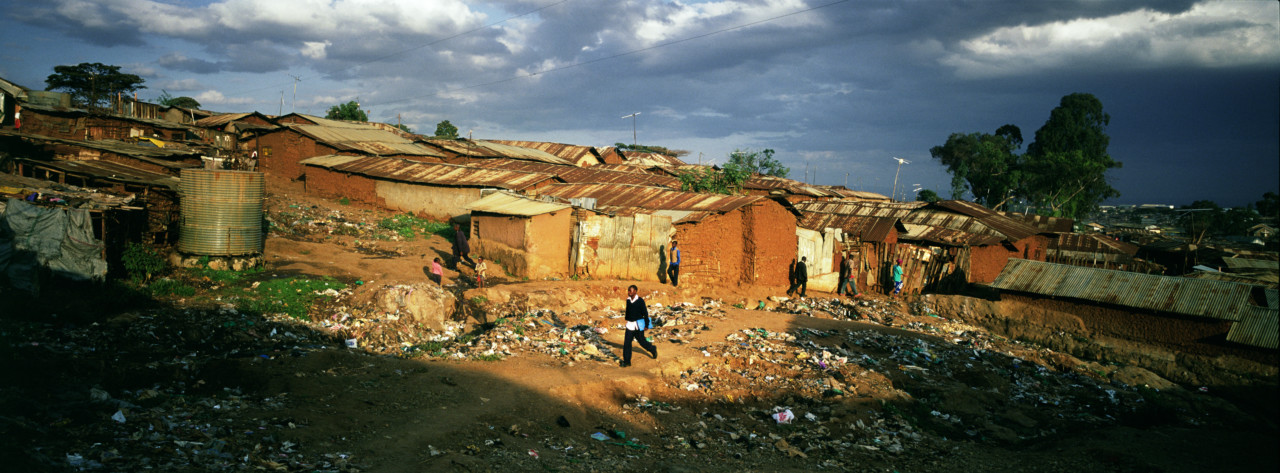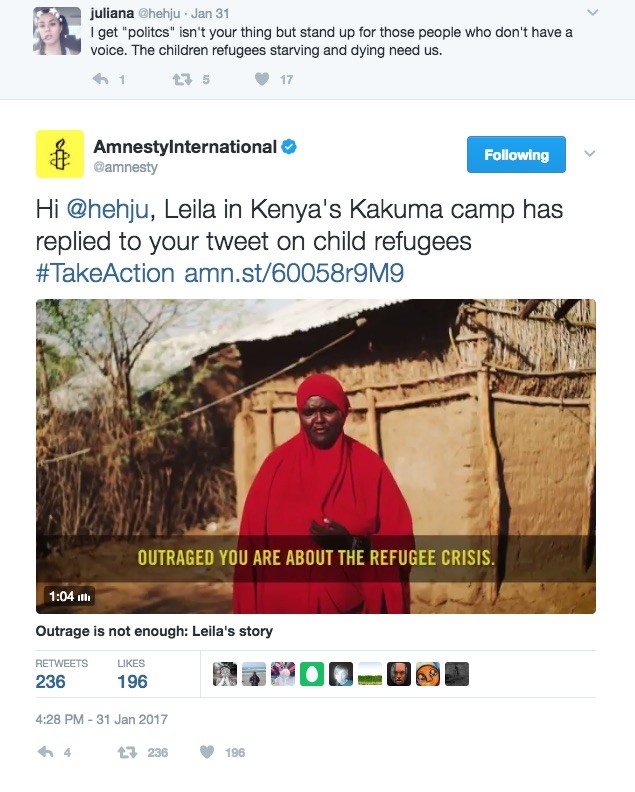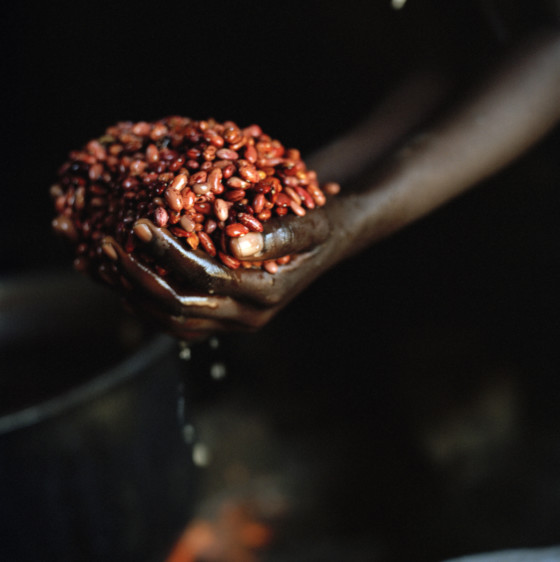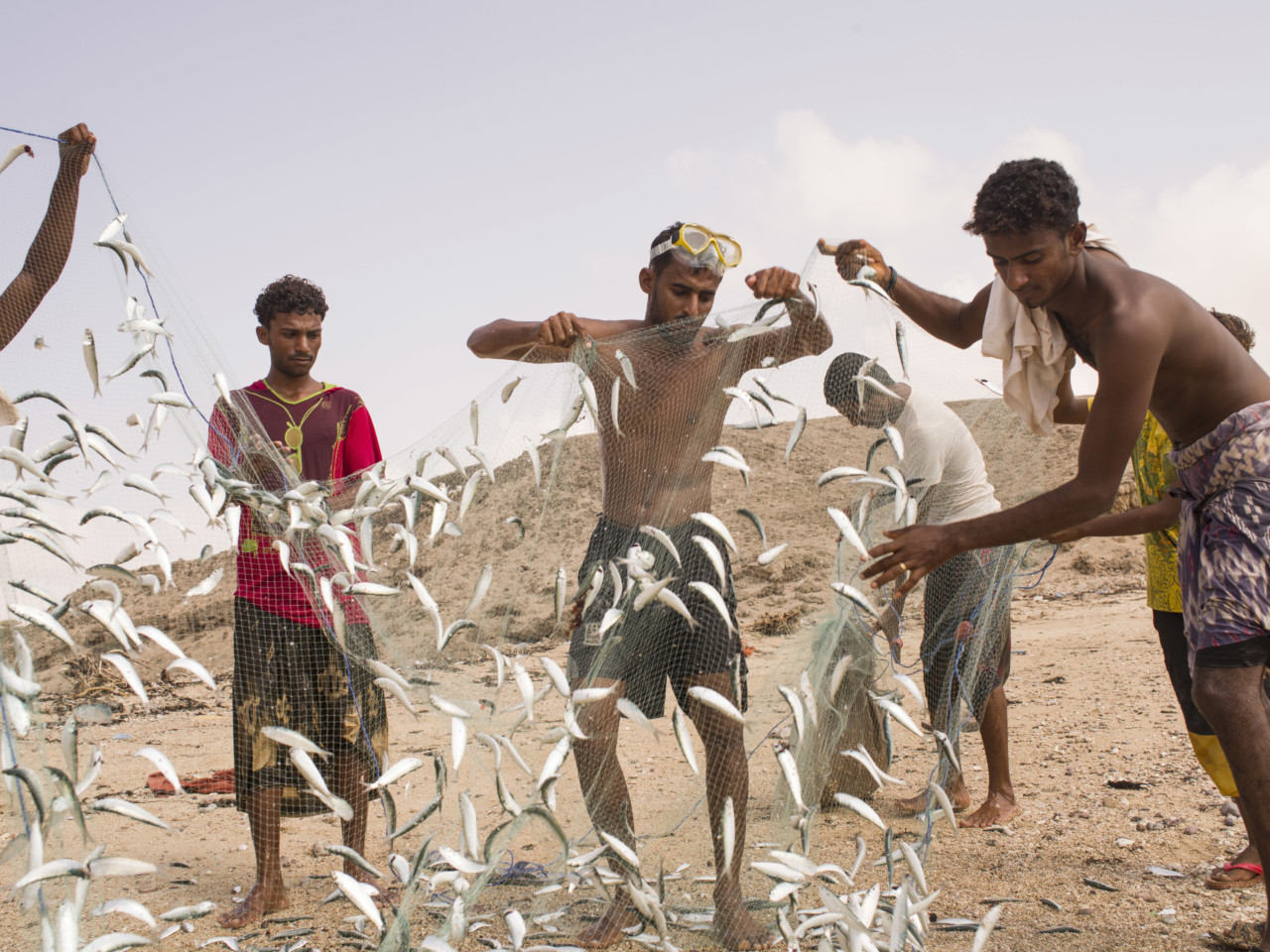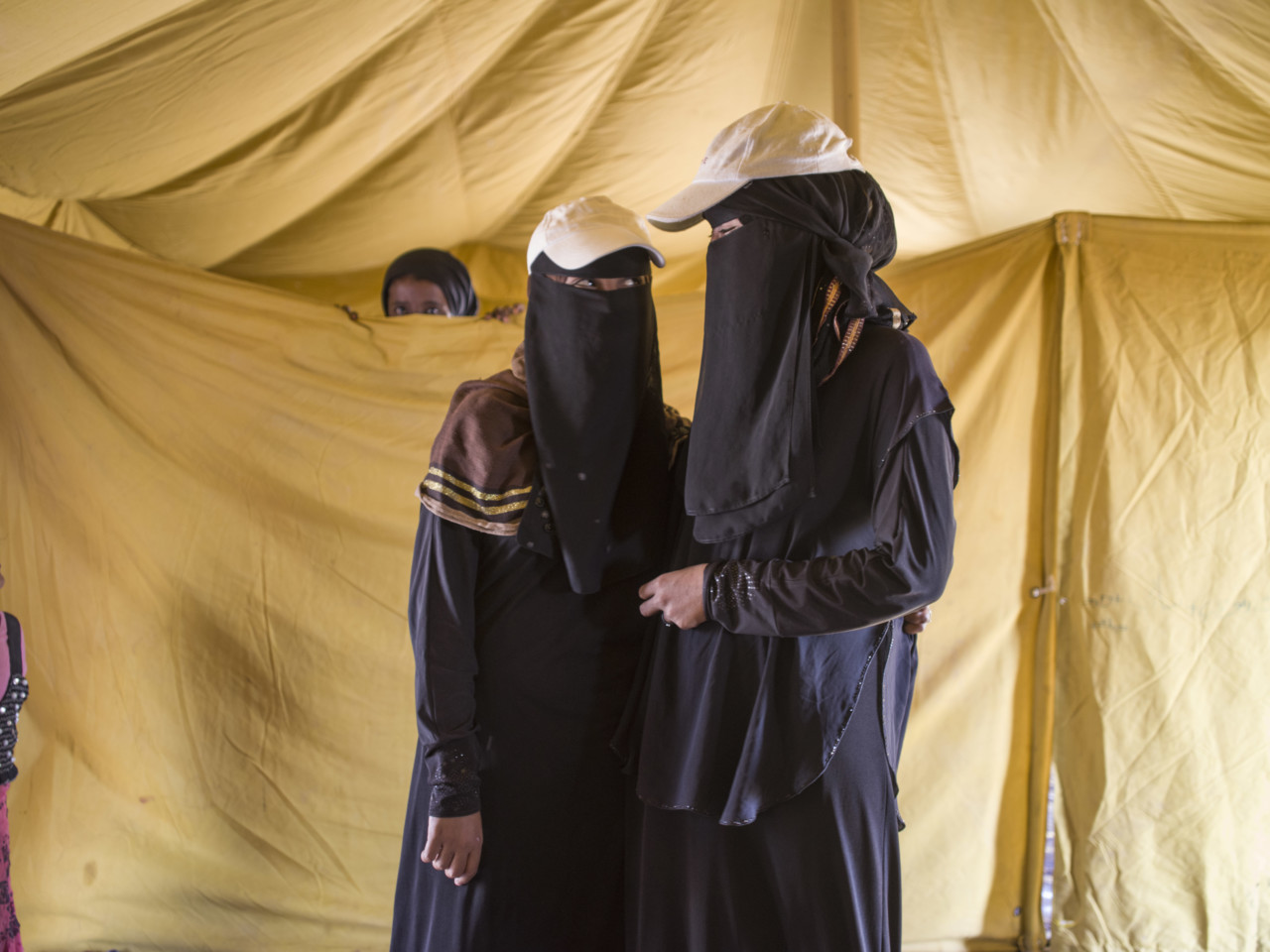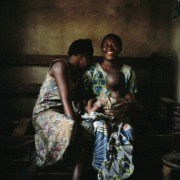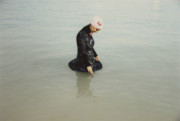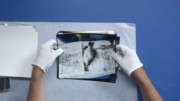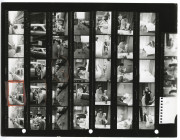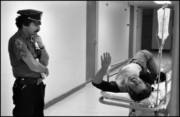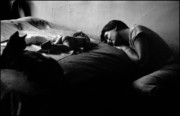Working with NGOs
Industry experts on the changing role of photography in advocacy and fundraising
Magnum’s relationship with documenting the world’s crises is rooted in the work and interests of its founding photographers, who had witnessed the atrocities of World War II and were united in their humanist approach to documenting the world around them. Since then, Magnum photographers have continued to document those in need, often working closely with the charitable agencies supporting them. A recent Professional Practice event hosted by Magnum London highlighted the changing role of photography and storytelling in advocacy and fundraising work by non-government agencies, charities and aid organizations. The event aimed to share practical tips for emerging photographers on how to best work with NGOs and to discuss recent trends. Here, we present some key tips and considerations to best equip a photographer for working in this field, written by Magnum’s head of Education Shannon Ghannam, with input from Save The Children’s Managing Picture Editor Ivy Lahon and Tom Elkins, CEO of PhotoVoice.
Be multi-skilled
Ivy Lahon, Managing Picture Editor at Save The Children, noted the need for NGOs to help their audience to empathize and connect with the people affected by a particular crisis. This need for connection, backed up by a measurable increase in fundraising for these types of projects, has seen a move towards audio and video and immersive formats like 360 panoramas and virtual-reality to break down barriers and build intimacy.
“With NGO commissioning, it helps for a photographer to be multi-skilled. We know how hard it is to do more than one thing at a time in the field and that if for example, you try and shoot stills and video, one always suffers. However, sometimes in emergency situations, when there’s just one seat left on a UN flight to a remote area for example, we’ll need stills, b-roll and audio content from that one shooter. If the photographer has good interview and writing skills and experience working with a translator it always helps too. That said, where we can, we always try and staff our shoots appropriately so a photographer can concentrate on the stills, a filmmaker on the footage and there’s someone to gather the stories, that way we get the best quality content.”
Consider new modes of distribution
NGOs might once have communicated with their audiences predominantly via the traditional media, but as that audience moved to consume its news on social media, there is a shift by NGOs to reach audiences directly in their social feeds. “Gathering content for social media is crucial and increasingly moving up the list of priorities on a photographers’ brief,” says Ivy Lahon. “So much of our audience and supporter engagement is through social channels, so not only do we need to make sure we gather specifically for these formats, but also ensure that what we produce is exciting, engaging and innovative. In practice, for a photographer this means as well as gathering the shots needed to support a normal print and digital campaign, they’ll have to shoot specifically for social too, whether this means shooting for Instagram, social media banners, carousels, or potentially 360, gifs, photo galleries or short video clips.”
Magnum Photographers Michael Christopher Brown and Moises Saman worked on a recent Amnesty campaign, filming refugees in Kenya and Lebanon, while a team at Ogilvy & Mather London used the videos to respond to people’s tweets in real time. Amnesty is using the tweets to point viewers to a petition pledging their support for refugees.
Michael Christopher Brown said, “I enjoyed the ‘real time’ process of this job, it was challenging to implement everything in time, to interview the subject then shoot then adjust the script in response to the tweet. I liked the interactivity of addressing someone directly, making a direct connection between the refugee and tweeter. Both my personal and commissioned work utilizes low profile production to attain the maximum possible interaction and transparency with the subject.”
Employ collaboration and entrepreneurial spirit
The recent Magnum project Europa, initiated by Magnum Photographer Thomas Dworzak, saw handbooks on life in Europe, delivered into the hands of refugees from the back of a van. Europa: An Illustrated Introduction to Europe for Migrants and Refugees is a book created by a group of Magnum photographers and journalists who have been covering both the refugee crisis in Europe and the many contexts across the Middle East, Asia, and Africa that gave rise to these migrations. The book launched in partnership with the Arab Fund for Arts and Culture (AFAC) as the first project under its special program, the Arab European Creative Platform. The book harnesses the collective energy, skills and resources of its contributors to create Europa, a collaborative and independent book, the first of its kind intended for practical use by migrants and refugees, and as an educational tool to inform, engage, and facilitate community exchange.
Written in four languages – Arabic, Farsi, English, and French – the book offers an introduction to the motivations behind the creation of the European Union, how it developed, its current ethos, and the relevant debates that will determine its future.
Employ local perspectives
Another major trend noted was that of NGOs facilitating or curating local voices and perspectives. Tom Elkins, CEO of PhotoVoice – an organization that works with individuals and communities using innovative participatory photography and digital storytelling methods – said, “I am seeing a shift in the sorts of images that NGOs use. I think people are warier of using exploitative images for fundraising, or at least trying to balance those with more contextual storytelling that is less about an appeal for cash as it is celebrating the successes that NGOs have delivered, or the (often complex) realities of a situation. There are still far too many exploitative fundraising images though, and I think – or hope – that people are starting to question their use and value. At PhotoVoice, our engagement with communities is about creating photographers, rather than sending them, working with communities to help them tell their own story in their own way, and working in partnership with relevant organizations to help ensure that they reach the right audiences. Participatory work is increasingly seen as valuable.”
Another example of facilitating local perspectives is the Save The Children project that gave an Instagram account to Syrian refugee children in Jordan’s Zaatari camp (a camp also photographed by Magnum’s Mark Power), allowing them to post their day-to-day life, experiences, interests and friends. You can read more about this project in the Magnum article on Empathy and Photographer here.
For more information about Magnum Education, and to browse upcoming workshops, visit Magnum Education here.


